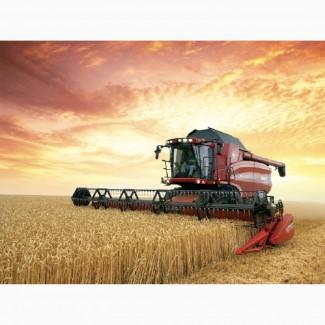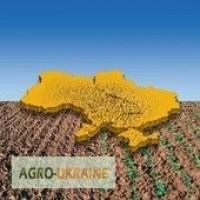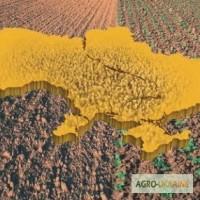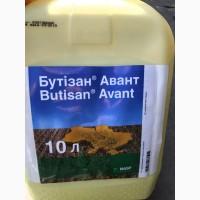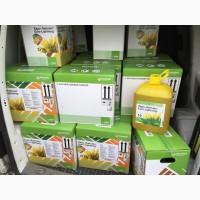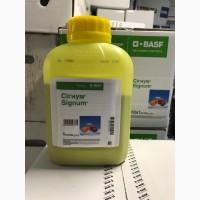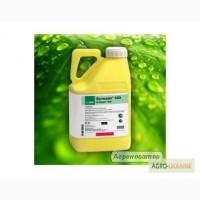/ Fertilizers and plant protection products / Herbicides / Herbicide Butizan Avant analog galera super
I will sell / buy
Herbicide Butyzan Avant analog galera super, Kyiv
Price300 UAH.
Region:all of Ukraine,
Kyiv
Обновлено:
The drug consumption rate, (g, kg, l/ha, m2, t) Culture, object that processed Object against which it is processed Method, time of processing, limitations Term of the last processing Max. multiplicity of treatments
1.5-2.5 Rapak
Annual cereal weeds
Annual dicotyledonous weeds
Spraying the soil before sowing, before the emergence of seedlings or in the phase of 2 true leaves of the culture - 1
Improved Herbicide for the control of a wide range of annual cereal and dicotyledonous weeds on cruciferous crops
Advantages of the drug
reduces dependence on humidity, type, soil condition
a wider range of action due to the control of problematic weeds (for example, marigold, species of geraniums, sedum, dogwoodparsley)
an alternative to sulfonylureas in the fight against sorrel and bitter gorse in the pre-emergence period
flexible in terms of application, can be used before and after germination(//tractor-service.com)
high selectivity to the culture in comparison with clomazon
Flexibility of application of rapeseed herbicide Butizan® Avant
A very high efficiency in the fight against asterisks is achieved in the period before or immediately after emergence. After 10-15 days after sowing, the efficiency is still quite high, when applied in a later period, the efficiency decreases. Positive results in the fight against the widely spread bitter gorse are constantly achieved regardless of the period of application due to the action on the roots, cotyledons and leaves.
The optimal period of use of the drug in the fight against medicinal and odorless chamomile is almost 2 weeks after sowing, later the effectiveness decreases, especially against odorless chamomile.
Within 2 weeks after sowing, the control of the main types of geranium with Butizan® Avant gives good results, later the degree of effectiveness decreases. In general, the fight against small geranium is somewhat more successful than with dissected and round-leaved geranium.
Peculiarities of application in current conditions
The use of herbicides with soil action, first of all, in the pre-emergence period has significant limitations. In addition to having the soil surface as flat and as fine-grained as possible, soil type, humus content, and moisture are critical to the effectiveness of herbicides at seeding. Ideal conditions cannot always be provided.
In recent years, the trend towards earlier sowing, warmer and drier conditions has increased. As a result, canola is at increased risk of summer drought during and after planting. The fight against weeds is further complicated by the increase in the use of plowless equipment for soil cultivation withremnants of grain crops.
These circumstances require the use of herbicides characterized by reliable action against weeds. The properties of the three active ingredients of Butizan® Avant perfectly complement each other and provide a reliable effect.
The slightly longer soil action of dimethenamid-P compared to metazachlor provides sufficiently long effectiveness in the fight against late-emerging weeds.
Recommendations for the use of Butizan® Avant herbicide
1.5-2.5 Rapak
Annual cereal weeds
Annual dicotyledonous weeds
Spraying the soil before sowing, before the emergence of seedlings or in the phase of 2 true leaves of the culture - 1
Improved Herbicide for the control of a wide range of annual cereal and dicotyledonous weeds on cruciferous crops
Advantages of the drug
reduces dependence on humidity, type, soil condition
a wider range of action due to the control of problematic weeds (for example, marigold, species of geraniums, sedum, dogwoodparsley)
an alternative to sulfonylureas in the fight against sorrel and bitter gorse in the pre-emergence period
flexible in terms of application, can be used before and after germination(//tractor-service.com)
high selectivity to the culture in comparison with clomazon
Flexibility of application of rapeseed herbicide Butizan® Avant
A very high efficiency in the fight against asterisks is achieved in the period before or immediately after emergence. After 10-15 days after sowing, the efficiency is still quite high, when applied in a later period, the efficiency decreases. Positive results in the fight against the widely spread bitter gorse are constantly achieved regardless of the period of application due to the action on the roots, cotyledons and leaves.
The optimal period of use of the drug in the fight against medicinal and odorless chamomile is almost 2 weeks after sowing, later the effectiveness decreases, especially against odorless chamomile.
Within 2 weeks after sowing, the control of the main types of geranium with Butizan® Avant gives good results, later the degree of effectiveness decreases. In general, the fight against small geranium is somewhat more successful than with dissected and round-leaved geranium.
Peculiarities of application in current conditions
The use of herbicides with soil action, first of all, in the pre-emergence period has significant limitations. In addition to having the soil surface as flat and as fine-grained as possible, soil type, humus content, and moisture are critical to the effectiveness of herbicides at seeding. Ideal conditions cannot always be provided.
In recent years, the trend towards earlier sowing, warmer and drier conditions has increased. As a result, canola is at increased risk of summer drought during and after planting. The fight against weeds is further complicated by the increase in the use of plowless equipment for soil cultivation withremnants of grain crops.
These circumstances require the use of herbicides characterized by reliable action against weeds. The properties of the three active ingredients of Butizan® Avant perfectly complement each other and provide a reliable effect.
The slightly longer soil action of dimethenamid-P compared to metazachlor provides sufficiently long effectiveness in the fight against late-emerging weeds.
Recommendations for the use of Butizan® Avant herbicide
|
Author, contacts | |
Denys/ отзывы, информация . / activity assessment | |
|
Phone:
0955xxxxxx
show
| |
ID объявления: #717960
(added by a registered user, registration date: 07-27-2017)
Added/Updated: 10-03-2024 11:38 (current, until: 03-10-2025)
Permanent ad address:
Showed / watched for today: ?, total: ?
Similar ads
Among them there are many interesting...
